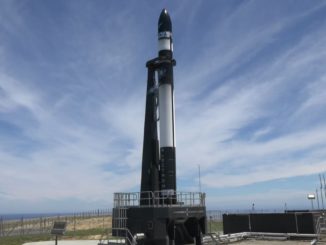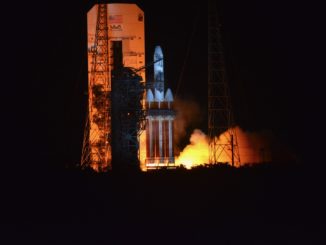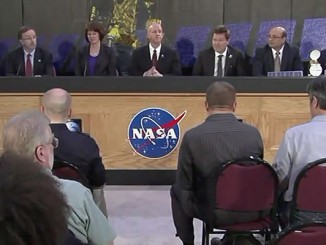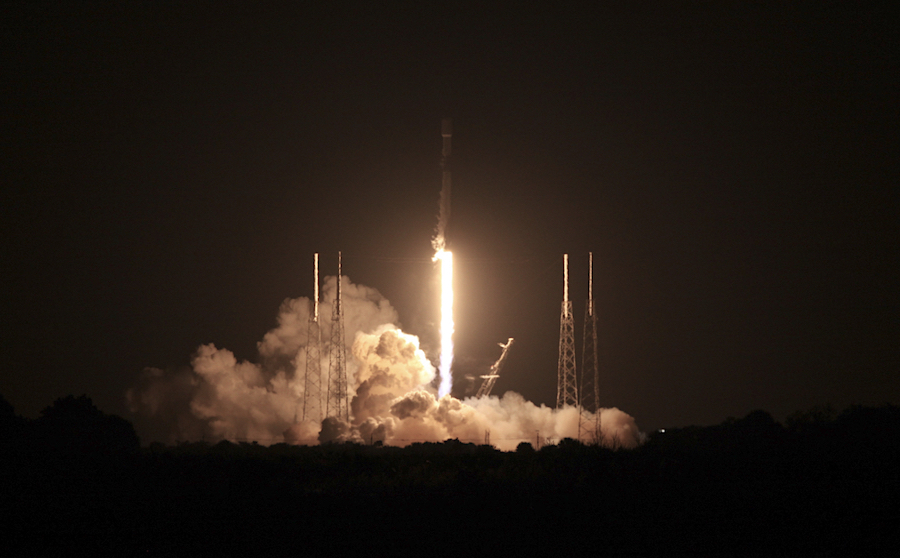
A SpaceX Falcon 9 rocket thundered into space from Cape Canaveral and deployed a Turkish communications satellite Thursday night, the first of more than 40 Falcon rocket missions scheduled this year from launch pads in Florida and California.
The rapid-fire cadence of launches in 2021, if achieved, would break SpaceX’s record of 26 Falcon 9 flights last year, and rival the pace of U.S. launches during the early decades of the Space Age.
The first launch out of the gate was a Falcon 9 mission to deliver the Turkish-owned, Airbus-built Turksat 5A communications satellite to orbit.
The Falcon 9 did just that Thursday night, after a delay of more than 45 minutes to assess the readiness of a downrange tracking station in Gabon. The launch eventually proceeded without the tracking antenna, and the Falcon 9 lit its nine Merlin 1D main engines to fire off pad 40 at Cape Canaveral Space Force Station at 9:15 p.m. EST Thursday (0215 GMT) Thursday.
After arcing due east from Cape Canaveral, the Falcon 9 shed its first stage booster about two-and-a-half minutes into the flight, before beginning its descent toward a SpaceX drone ship parked around 400 miles (650 kilometers) east of Cape Canaveral in the Atlantic Ocean.
While the first stage booster targeted a vertical landing on the floating drone ship, two SpaceX vessels were on station in downrange waters to retrieve the Falcon 9’s two-piece payload shroud.
The Falcon 9 booster nailed its landing on the “Just Read the Instructions” drone ship in the Atlantic about eight-and-a-half minutes after liftoff, completing the reusable rocket’s fourth trip to space and back. An update on the fairing recovery effort was not immediately available from SpaceX.
The Falcon 9’s single-use upper stage, meanwhile, performed two engine burns before releasing the Turksat 5A spacecraft into an elliptical “supersynchronous” transfer orbit about 33 minutes after liftoff.
U.S. military tracking data indicated the Falcon 9 rocket released Turksat 5A in an orbit ranging between 177 miles (286 kilometers) and 34,000 miles (55,000 kilometers) in altitude, with an inclination of 17.66 degrees.
Turkish officials confirmed Thursday night that ground teams received the first radio signals from the Turksat 5A after launch, allowing controllers to begin health verifications and post-launch checkouts.
Turksat 5A, with a launch weight of around 7,500 pounds (3,400 kilograms) will deploy its power-generating solar panels and extend articulating pods holding plasma thrusters, which will slowly circularize the satellite’s orbit at geostationary altitude more than 22,000 miles over the equator. At that altitude, Turksat 5A will orbit Earth at the same rate the planet rotates.
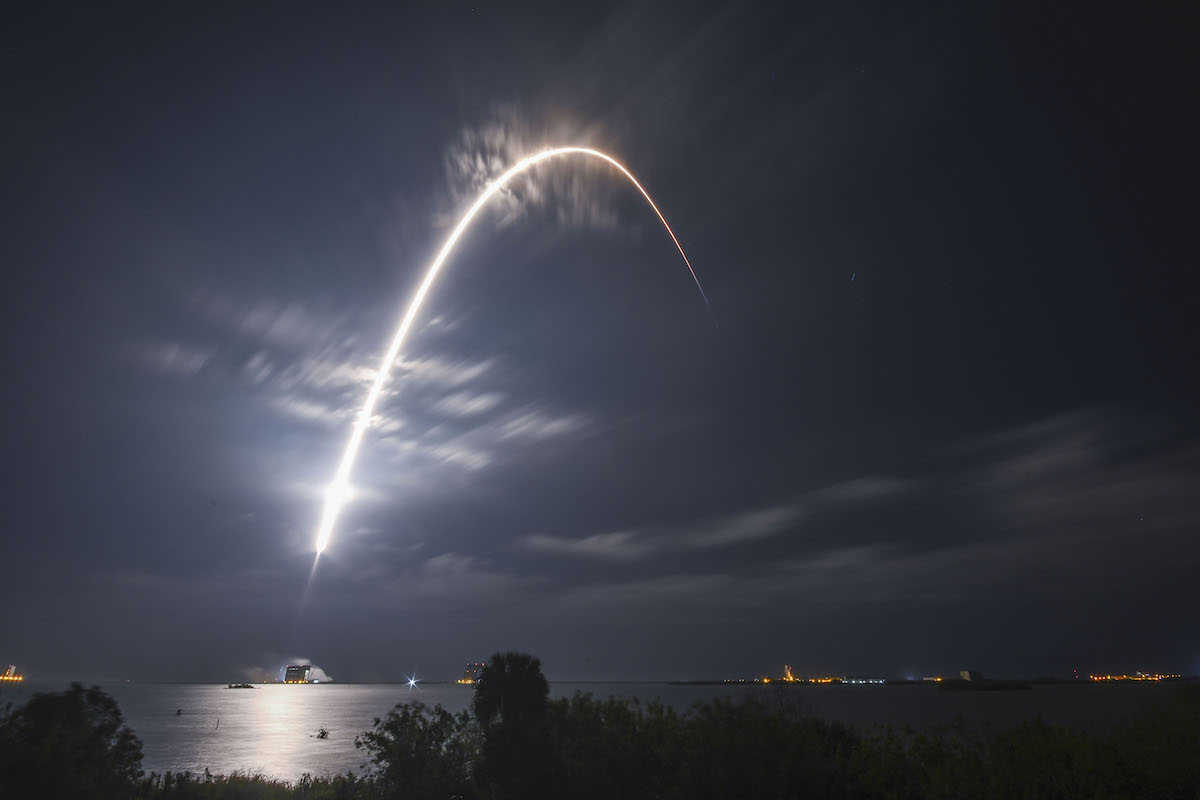
The orbit-raising phase of the mission will last about four months. The electric thrusters are more fuel efficient than conventional liquid-fueled rocket engines, but produce less thrust.
The more efficient electric thrusters will allow Turksat 5A to maintain its position in orbit for more than 30 years, double the life span of many large communications satellites, according to Airbus.
The satellite will enter service by mid-year along the equator at 31 degrees east longitude, where its 42 Ku-band transponders will reach Turksat customers across Turkey, the Middle East, Europe, large swaths of Africa, the Mediterranean, the Aegean Sea, and the Black Sea, the company says.
Turksat 5A will become the most powerful satellite in Turksat’s fleet, according to Hasan Huseyin Ertok, the company’s deputy general manager. It will also help secure Turkish frequency rights at the 31 degrees east slot, where a Turkish-owned satellite has not operated since 2010.
Turksat awarded Airbus and SpaceX contracts to build and launch the Turksat 5A and Turksat 5B satellites in November 2017, following a meeting between SpaceX founder and CEO Elon Musk with Turkish President Recep Tayyip Erdoğan.
The Turksat 5B satellite, which will host a Ka-band communications payload, is scheduled for launch from Cape Canaveral in the second half of this year.
“Our main focus is Turkey, so it’s centered on Turkey but the whole (of) Europe, the most part of North Africa, and we go all the way to Kazakhstan going to the east. and in the African region, we have most of sub-Saharan Africa and also South Africa,” Ertok said of Turksat 5A’s coverage area.
“We can provide satellite service to anyone in that coverage area,” he said. “It can be a data service, which means bringing data from one point to another, or it can be a TV broadcasting service.”
While Turksat sells services to commercial customers, a major client for the company is the Turkish government. Turksat satellites have supported a range of Turkish civil and military operations.
Ertok said Turksat 5A will provide a “better service with a better price for our customers, to our government.”
“So it’s going to be an important satellite for us, and for our future,” he said.
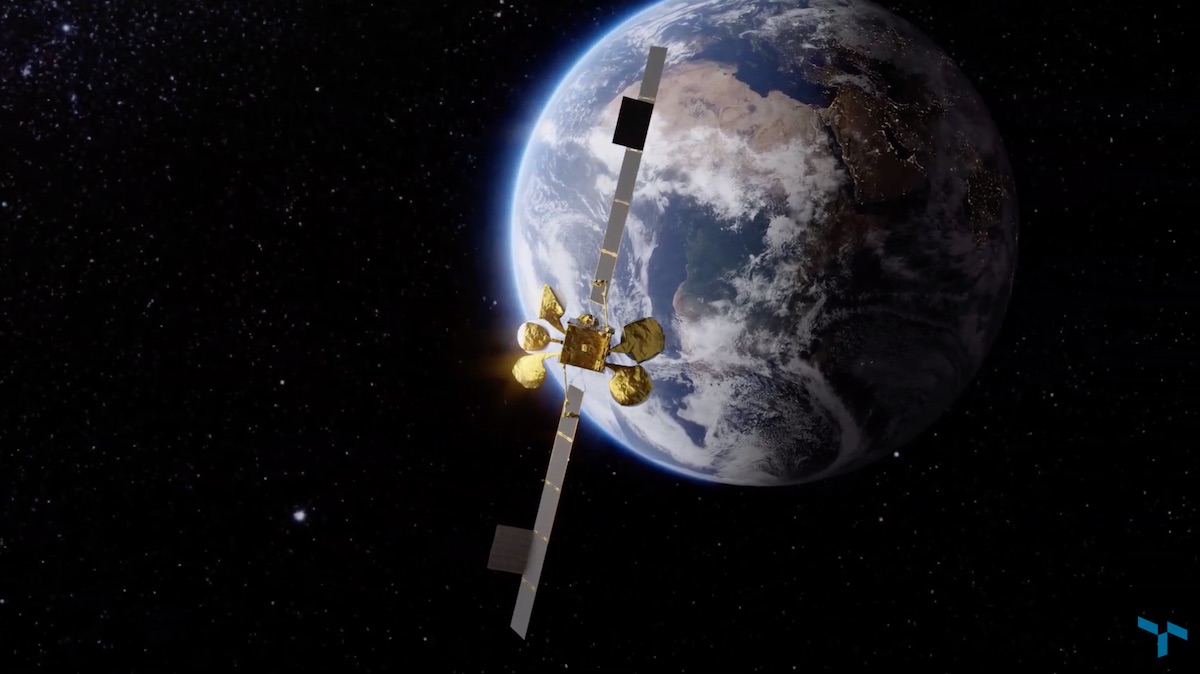
SpaceX, meanwhile, is gearing up for its next Falcon 9 launch scheduled in mid-January from Cape Canaveral. That mission, which SpaceX calls Transporter 1, will delivery numerous commercial and government small satellites to orbit on a rideshare launch.
Two more Falcon 9 launches with SpaceX’s own Starlink broadband satellites are scheduled later in January or early February.
Elon Musk, SpaceX’s founder and CEO, said in October that the company planned as many as 48 Falcon 9 and Falcon Heavy missions in 2021 from three separate pads at Cape Canaveral Space Force Station, NASA’s Kennedy Space Center, and Vandenberg Air Force Base, California.
SpaceX officials have set an ambition to launch batches of Starlink internet satellites as often as once every two weeks, when breaks between the company’s other missions allow managers to add a flight to the Falcon 9 manifest.
Besides Starlink missions, SpaceX has at least 20 Falcon 9 and Falcon Heavy flights this year for external customers.
Those include two Falcon 9 launches with Crew Dragon missions — flown under contract to NASA — to carry four astronauts to the International Space Station for six-month expeditions. There is also a shorter duration commercial Crew Dragon mission planned for launch in late 2021 with Axiom, a privately-held space company, to ferry four paying passengers to and from the space station.
SpaceX also plans to launch up to three automated Dragon resupply missions to the space station in 2021, and an asteroid probe and an X-ray space telescope for NASA.
There are also at least two flights by SpaceX’s triple-body Falcon Heavy rocket planned this year with U.S. military payloads.
Email the author.
Follow Stephen Clark on Twitter: @StephenClark1.

